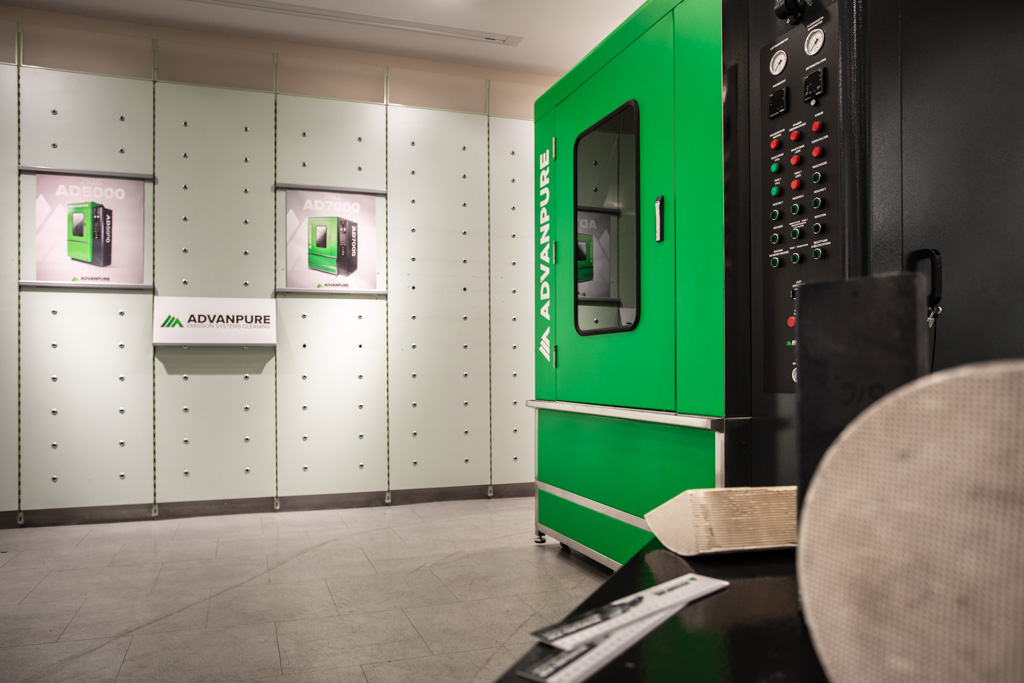
The diesel particulate filter (DPF) is an important component of modern diesel engines because it helps reduce the emission of harmful particulates into the environment. The DPF works by filtering the emitted exhaust gases from the diesel engine, thereby reducing the amount of particulates that are released into the atmosphere. However, over time, ash and soot-like deposits accumulate in the filter, which can affect the performance of the filter and lead to increased emissions of particulates. Therefore, it is important to clean the DPF regularly to ensure it is performing at its best. But when is the right time for a DPF cleaning?
SIGNS THAT THE DPF NEEDS CLEANING
One of the first signs that the DPF needs to be cleaned is a loss of power from the car. If the car suddenly has less power than usual, this may indicate that the DPF is clogged and exhaust gases are not flowing properly. Another sign is increased fuel consumption. If the car is suddenly using more fuel than usual, this can be an indicator that the DPF is clogged and the engine is using more fuel to make the same power. Another sign that a DPF cleaning is needed is increased emissions. If the car is suddenly emitting more black smoke than usual, this may indicate that the DPF is clogged and the exhaust is not being filtered properly. The car may also not be regenerating the DPF on its own, indicating that manual cleaning is necessary.
DRIVING STYLE AND STANDING TIME OF THE CAR


In some cases, it may also be necessary to clean the DPF due to frequent short trips. If the car is frequently driven short distances, the DPF may not have a chance to regenerate, which can cause deposits to build up in the filter. Similarly, if the car is stationary for long periods of time, the DPF may become clogged because the exhaust gases are not flowing through the filter sufficiently.
REGULAR MAINTENANCE AND CLEANING
In terms of car maintenance, you should have the DPF checked and cleaned regularly, for example when the DPF indicator light on the dashboard comes on, this is between 120,000 km and 160,000 km at the latest for some older cars. It is also important to adjust your driving style and drive longer distances to help regenerate the DPF.
PROFESSIONAL CLEANING
It is also important to note that there are also special cleaning procedures and equipment for DPF cleaning that should be done professionally. Professional cleaning can help extend the life of the DPF and reduce emissions.
One option is thermal cleaning. This method involves heating the DPF to elevated temperatures to burn off and remove the deposits. This method is particularly effective at removing soot and ash deposits.
Another option is chemical cleaning. Here, a special chemical is applied to the DPF to help dissolve and remove the deposits. This method is particularly suitable for removing traces of oil and grease. It should be noted here that we are not referring to the do-it-yourself method using cleaning chemicals, which we generally advise against.


There are also special machines and equipment such as our Advanpure cleaning machines that have been developed for cleaning DPFs. These can use both thermal and chemical cleaning methods. They are capable of flushing and degreasing the DPF under high pressure and with special cleaning solutions to remove deposits.
It is important to note that these professional cleaning methods should be performed by qualified personnel, as they require specialized knowledge and experience, and it is important that the DPF is properly installed.
CONCLUSION
In summary, it is important to check and clean the DPF regularly to ensure that it is always working properly and that emissions are as low as possible. Signs such as loss of power, increased fuel consumption or increased emissions are important indicators that the DPF needs to be cleaned. Also, depending on the driving style and maintenance of the car, you should have the DPF cleaned by a professional on a regular basis to extend the life of the DPF.
